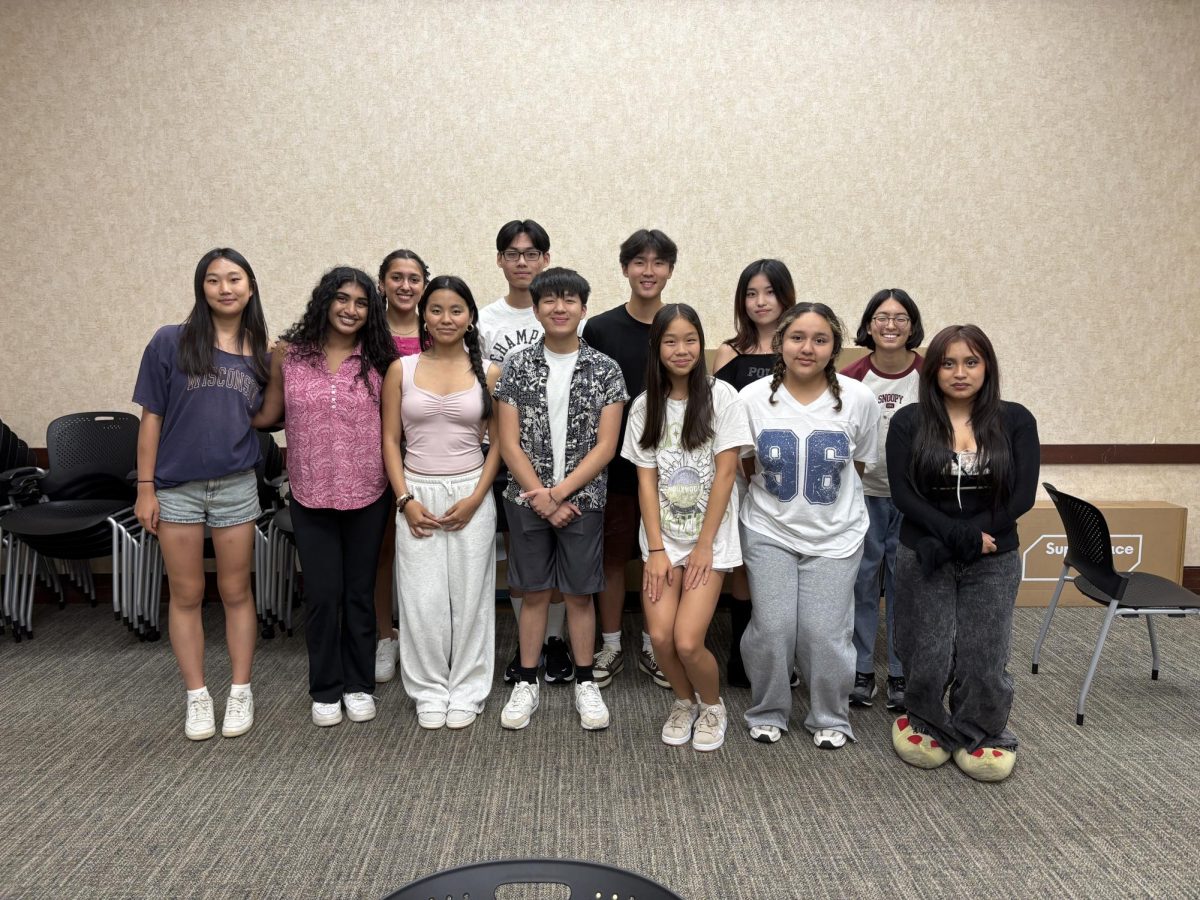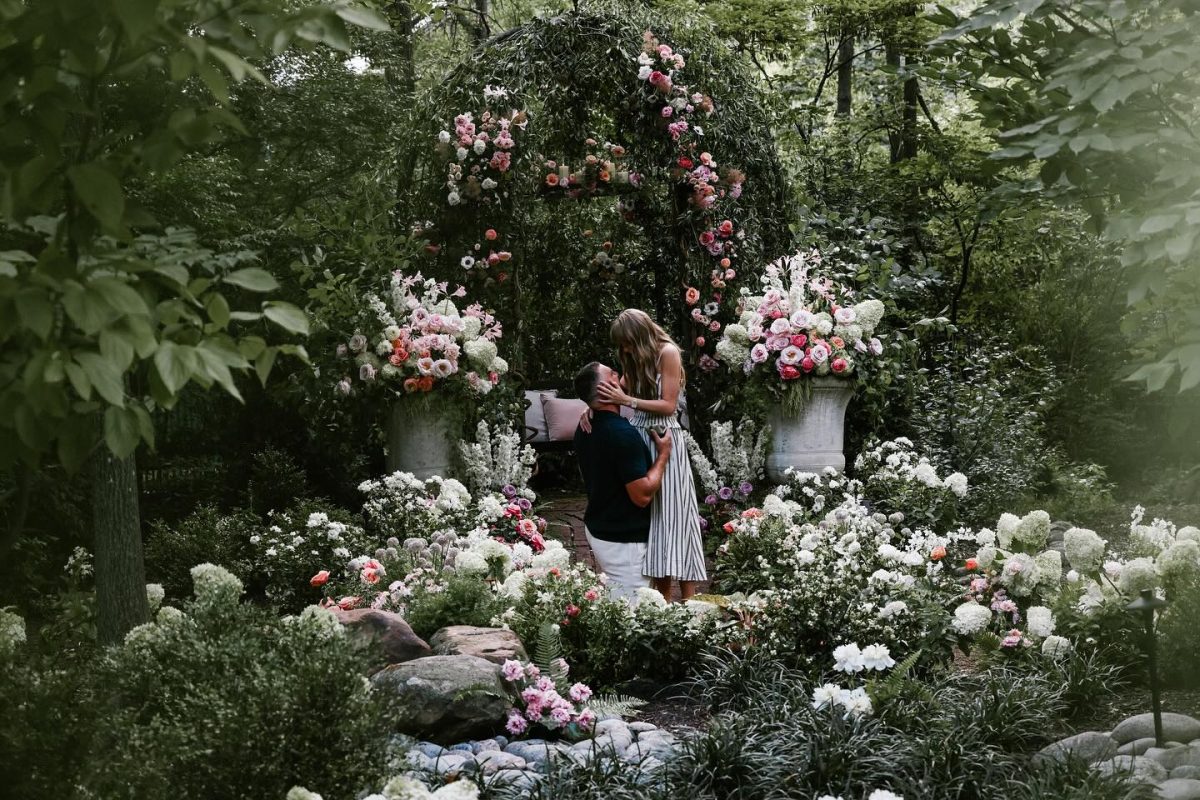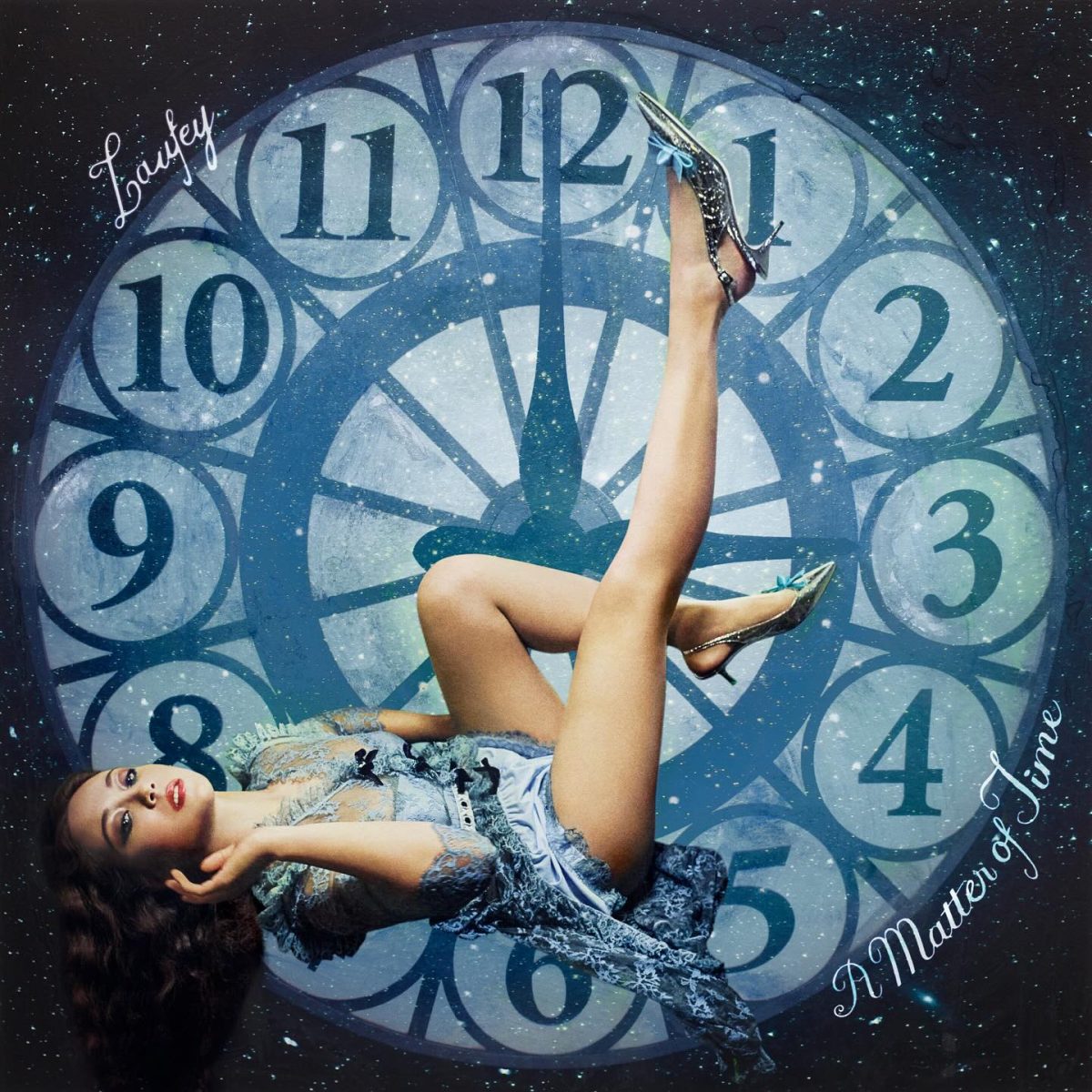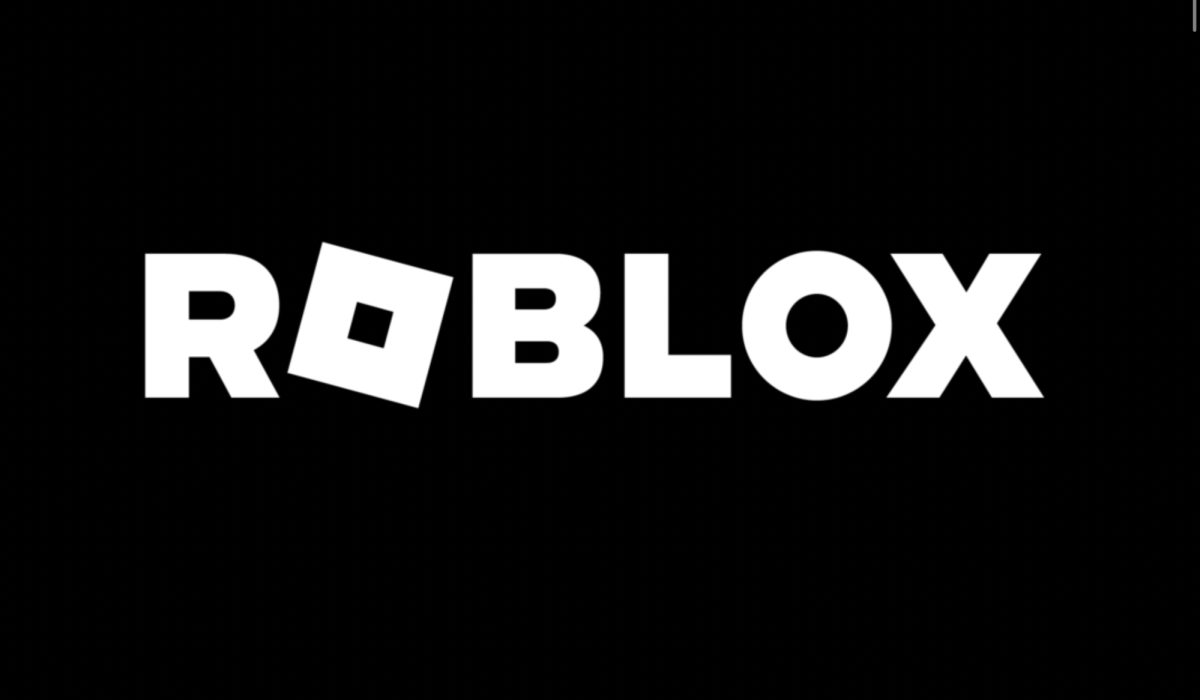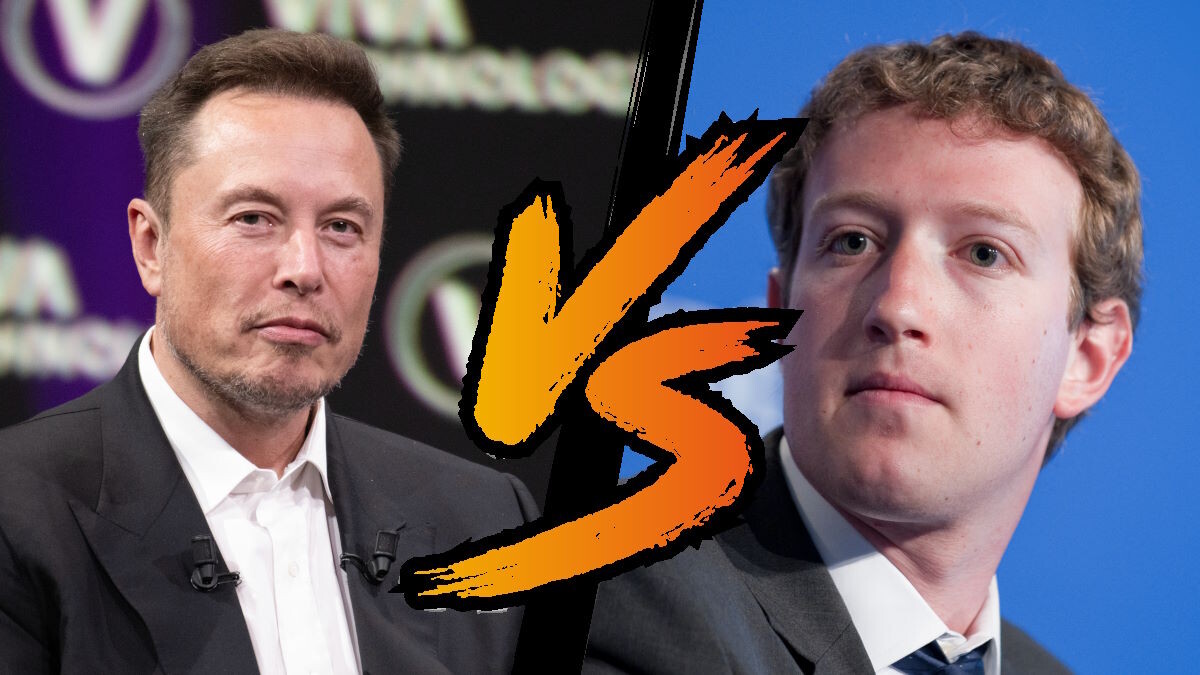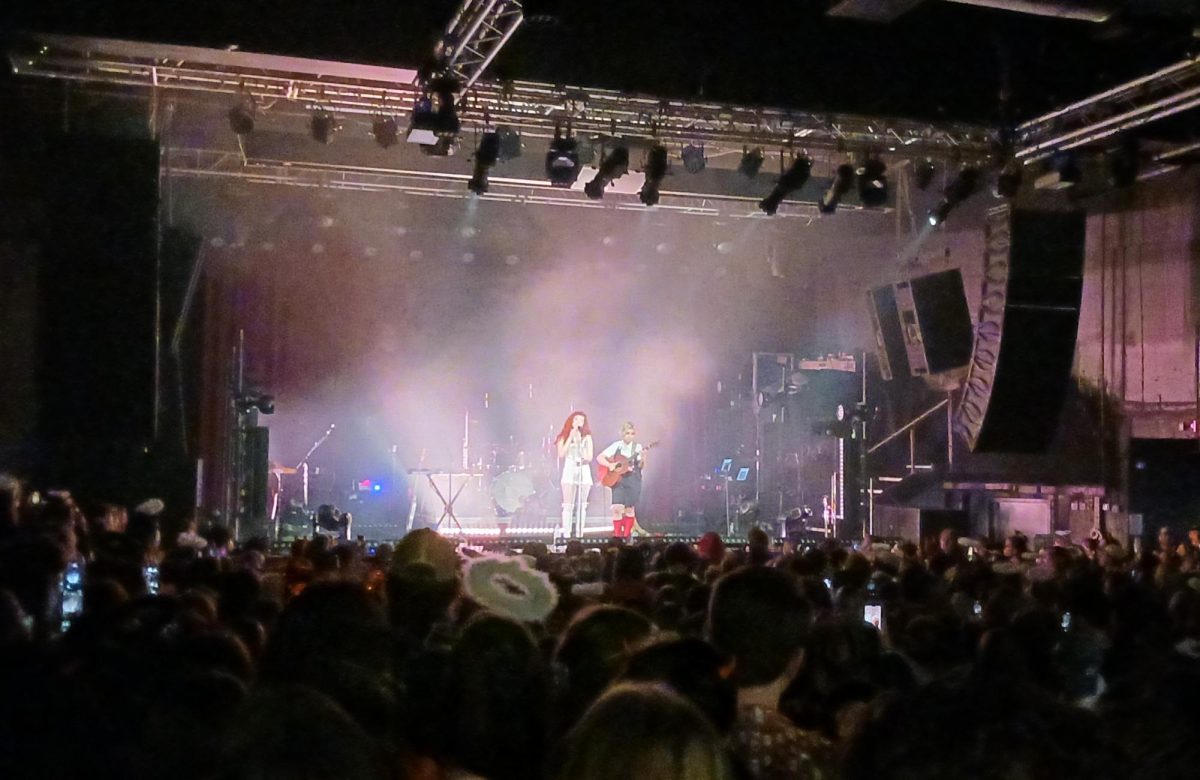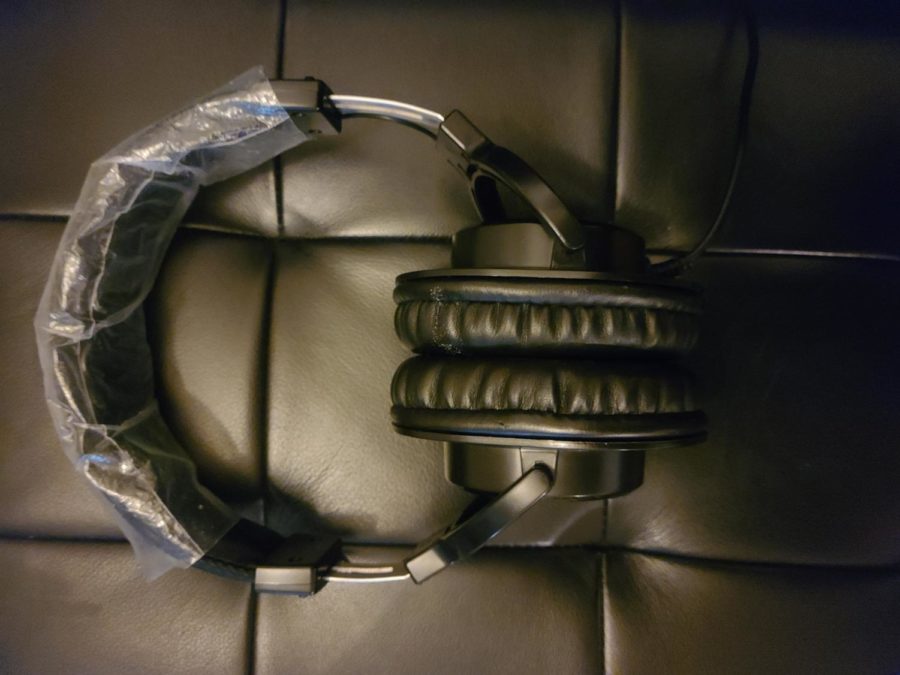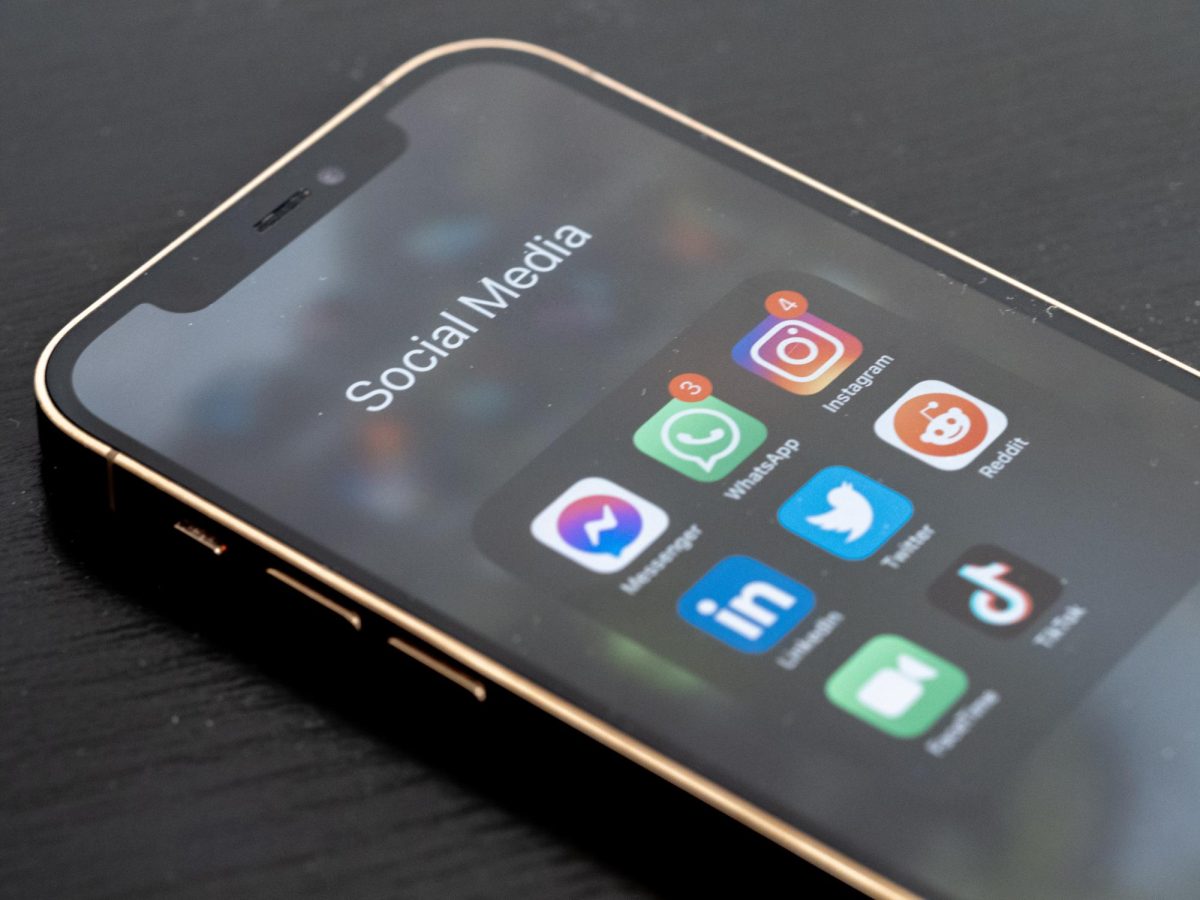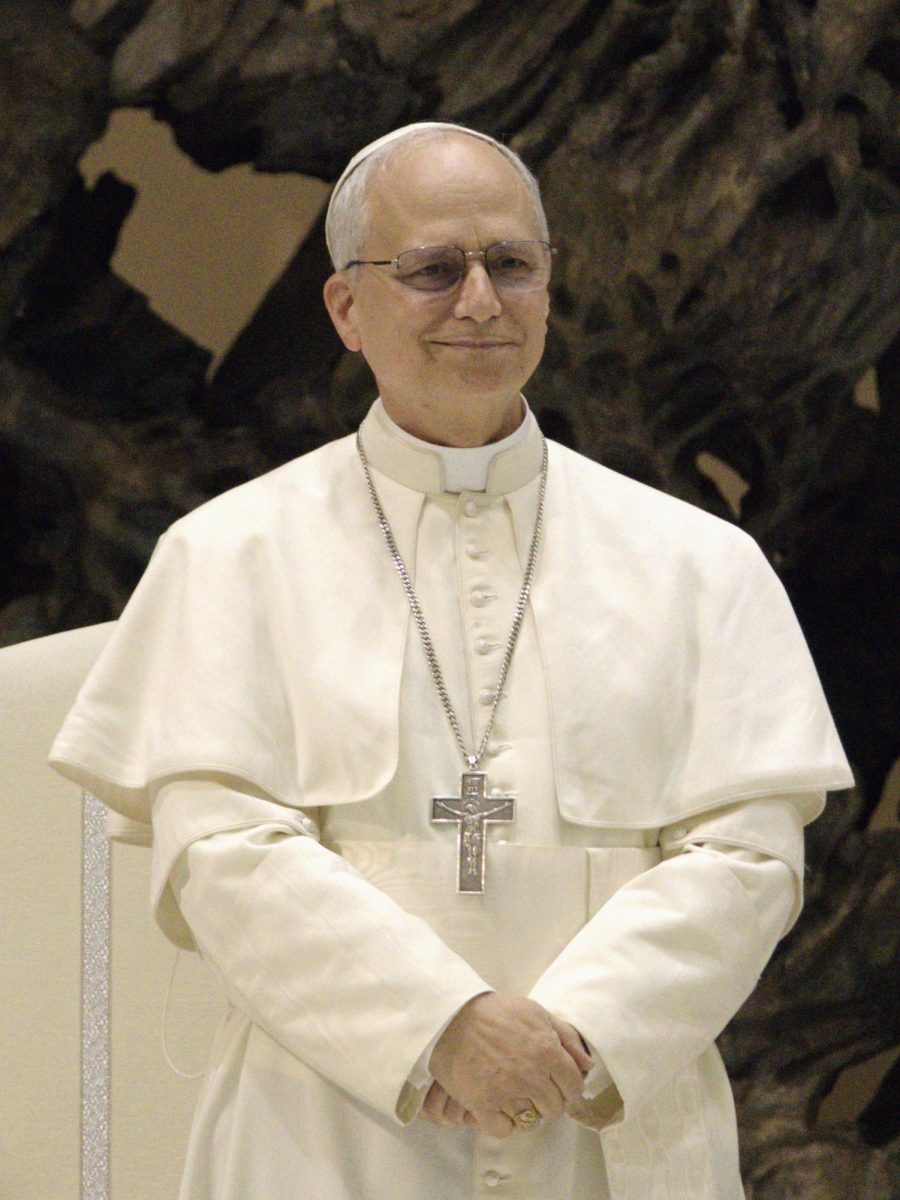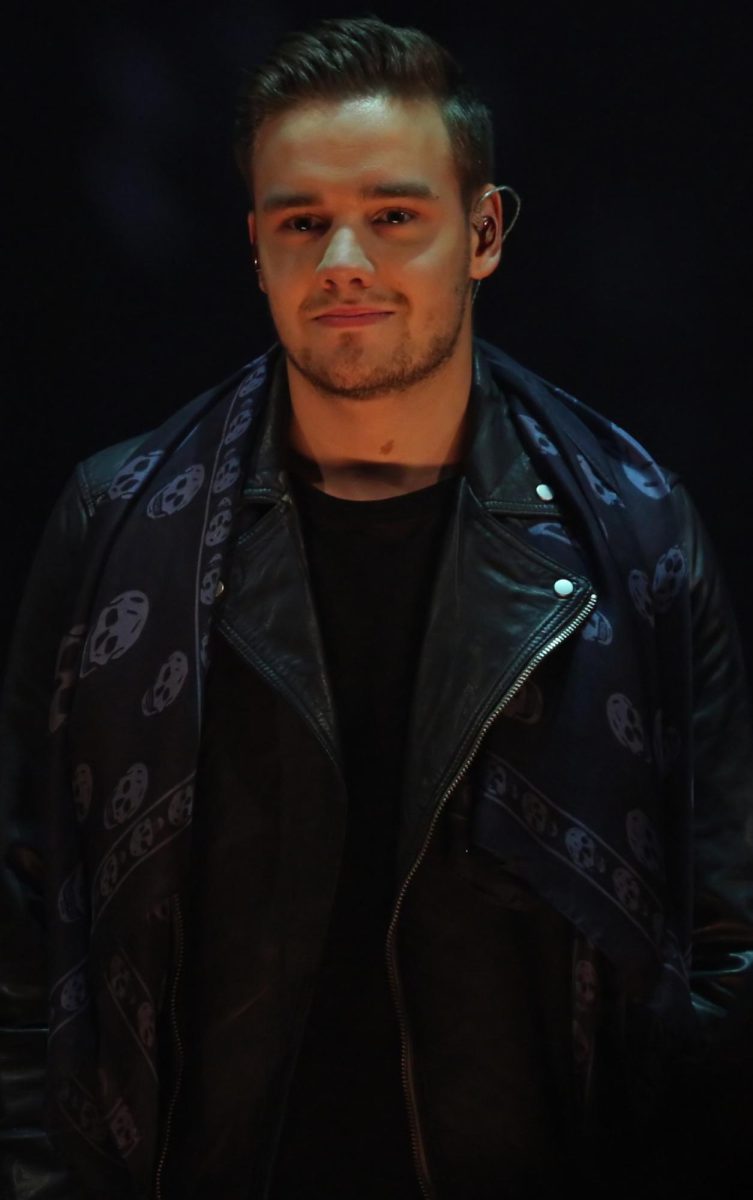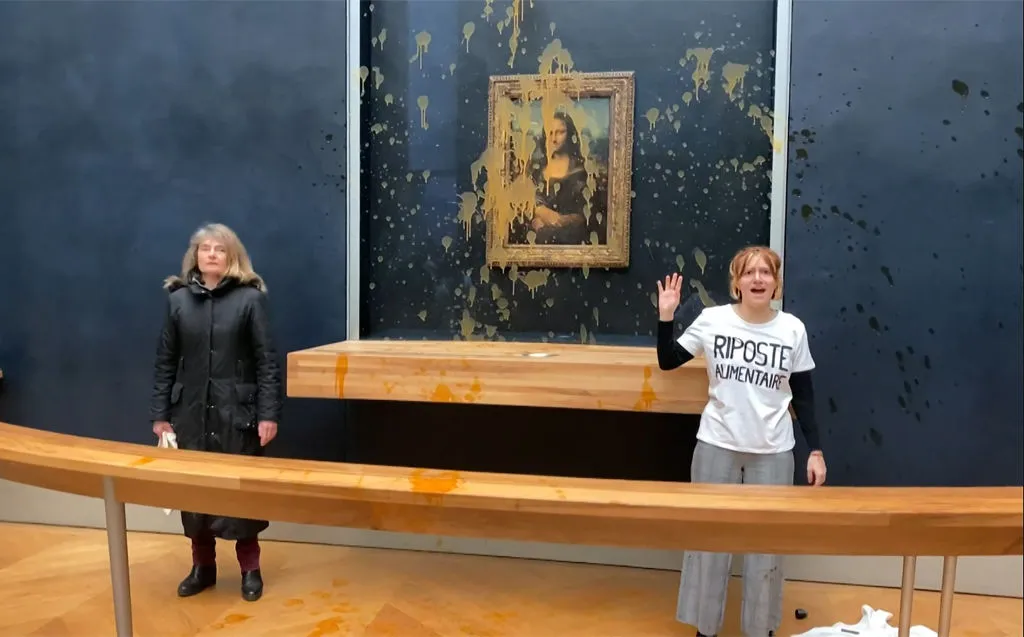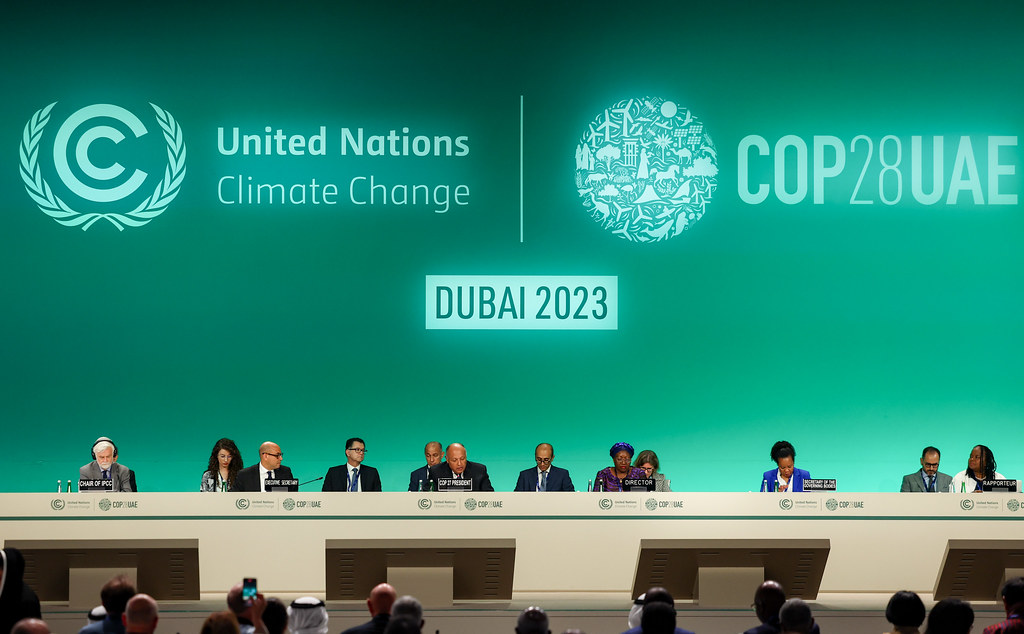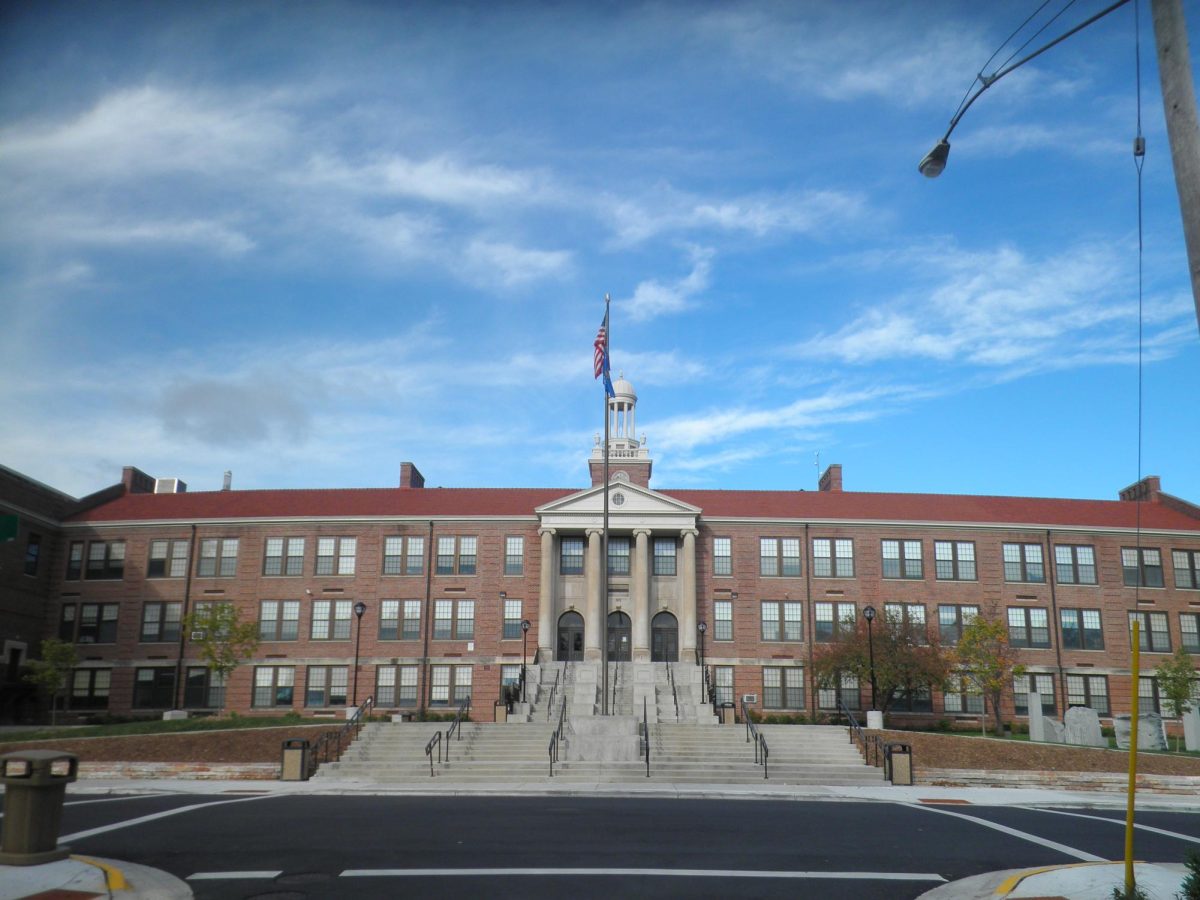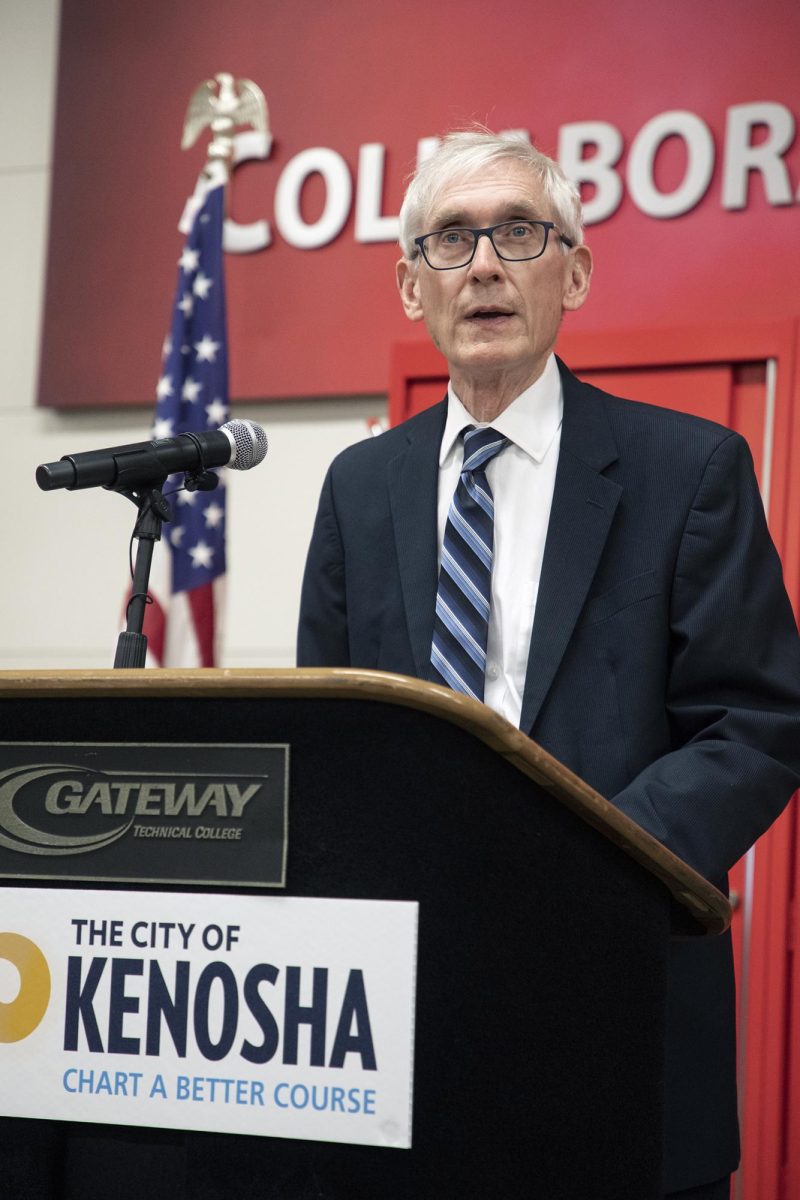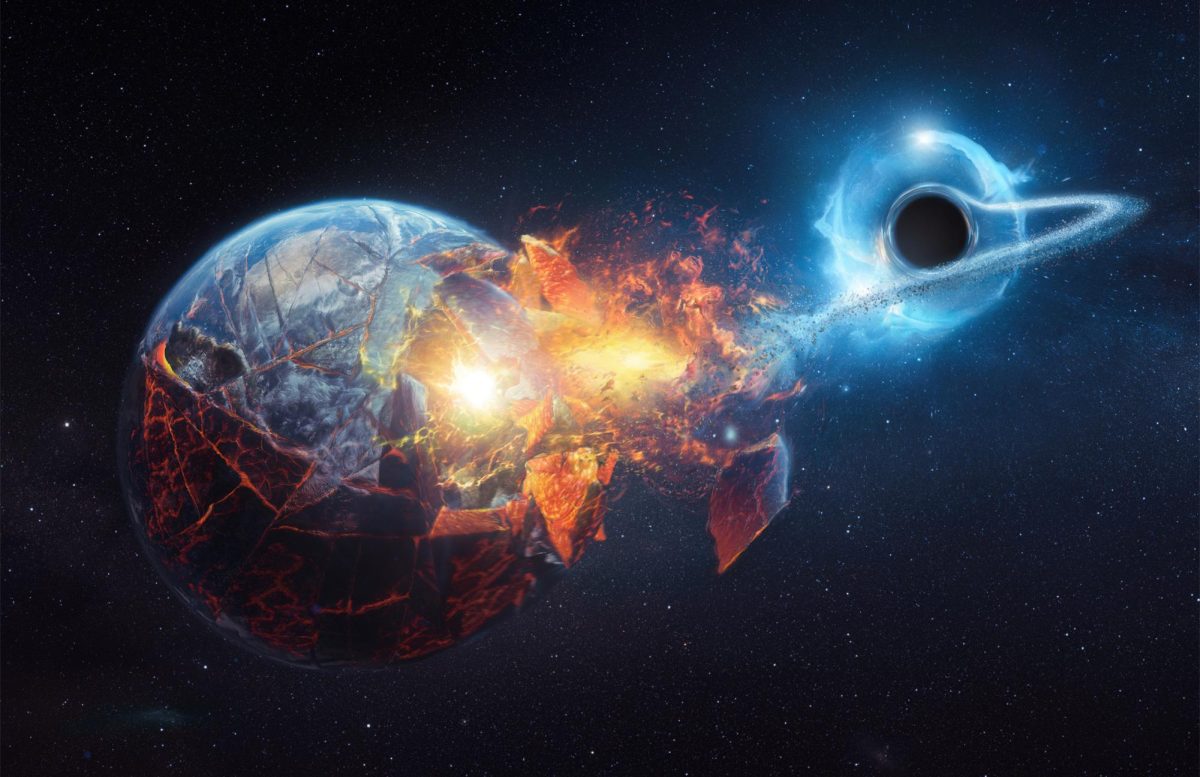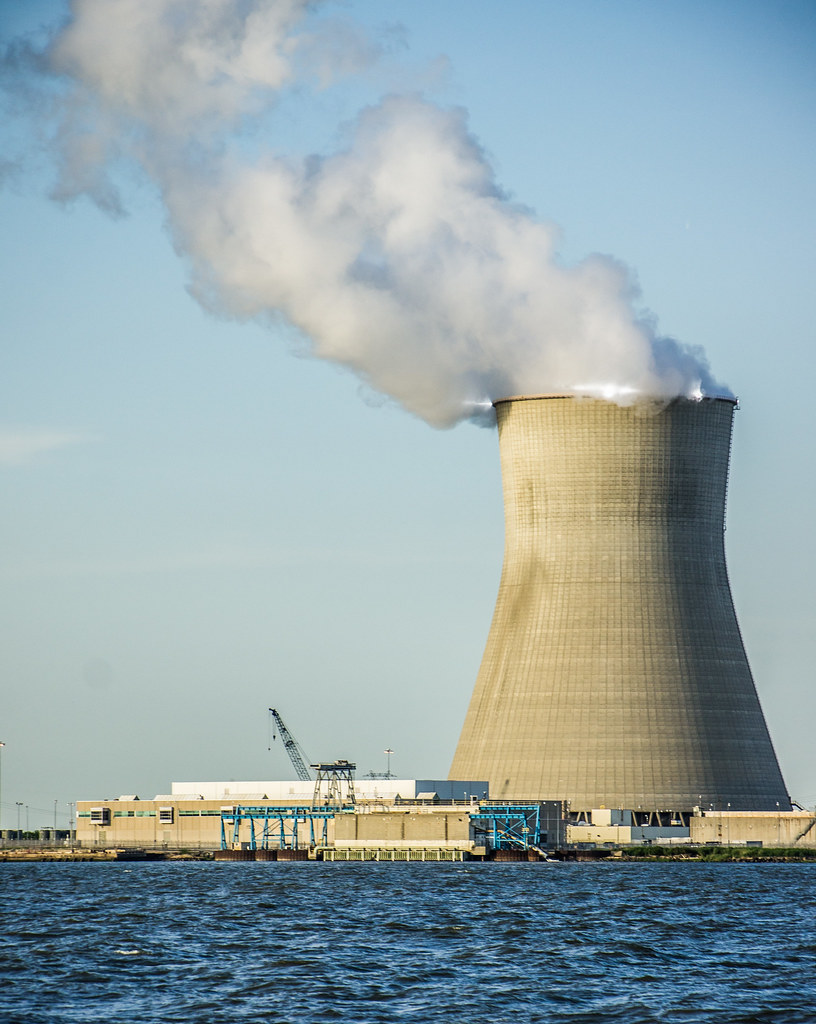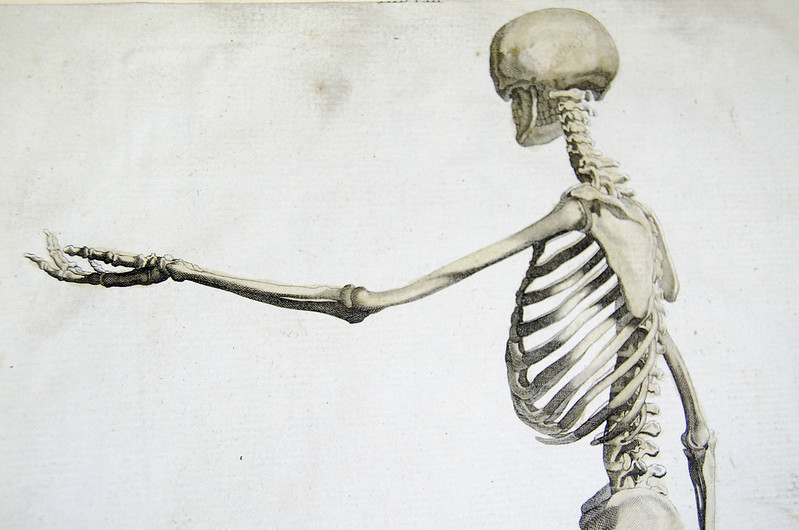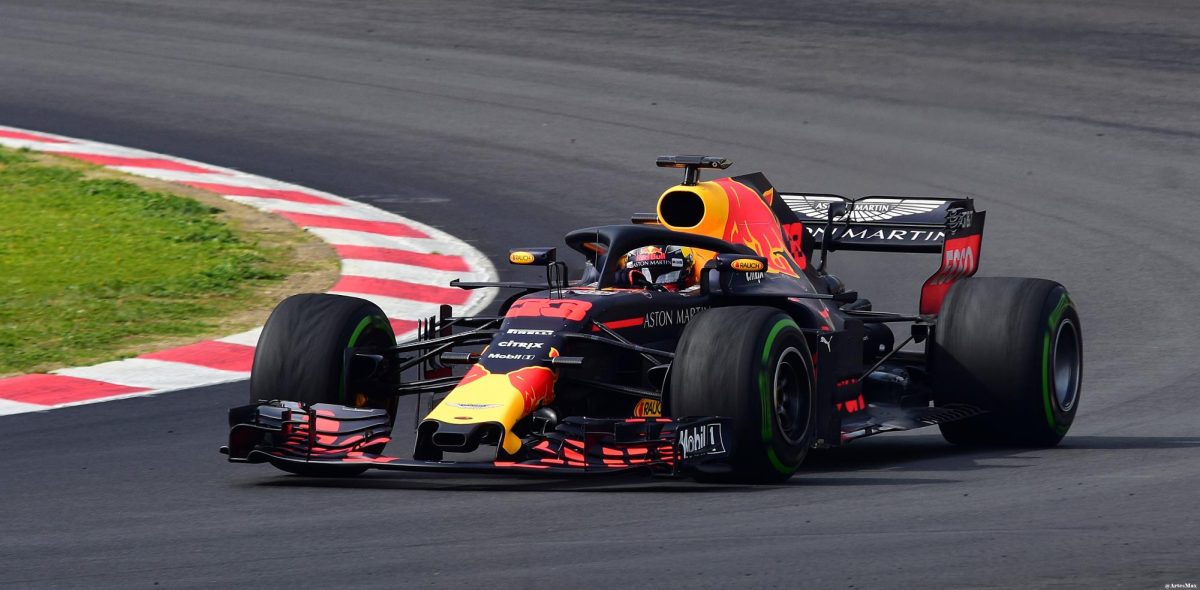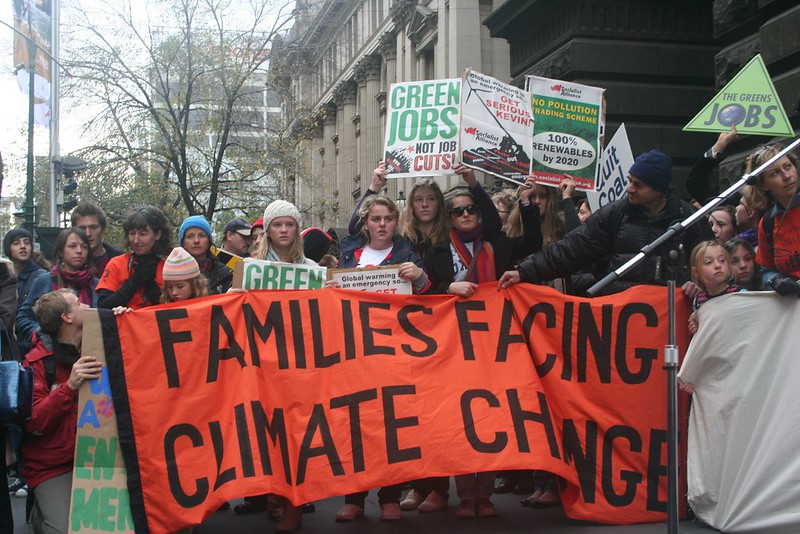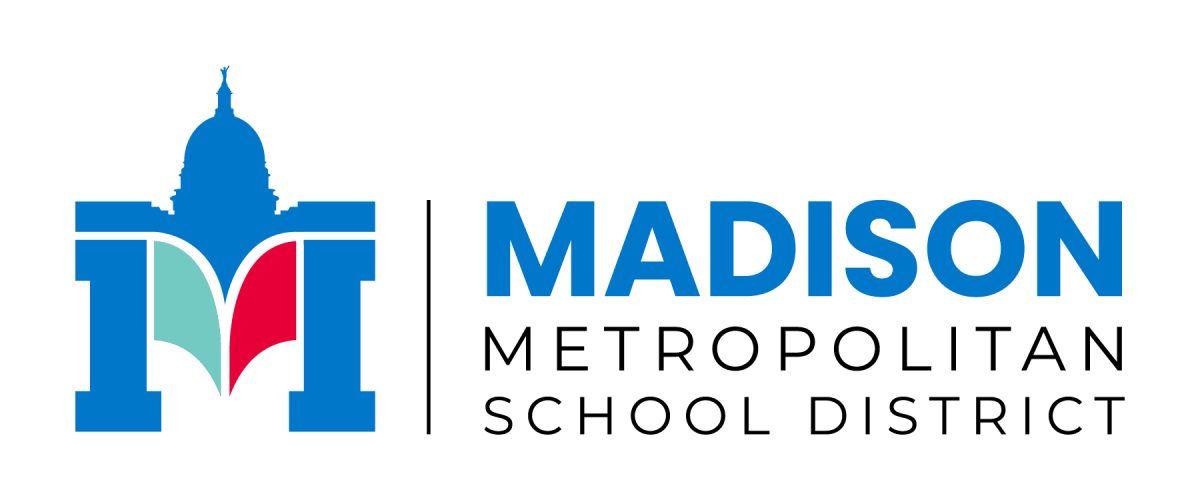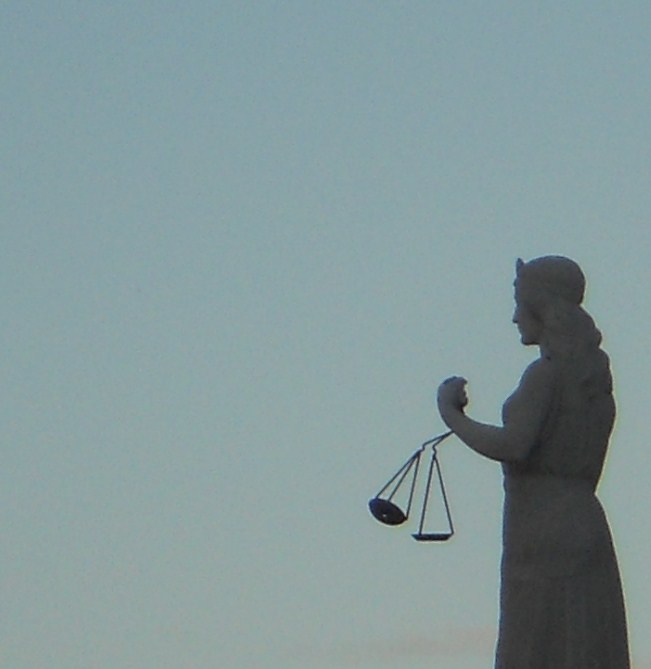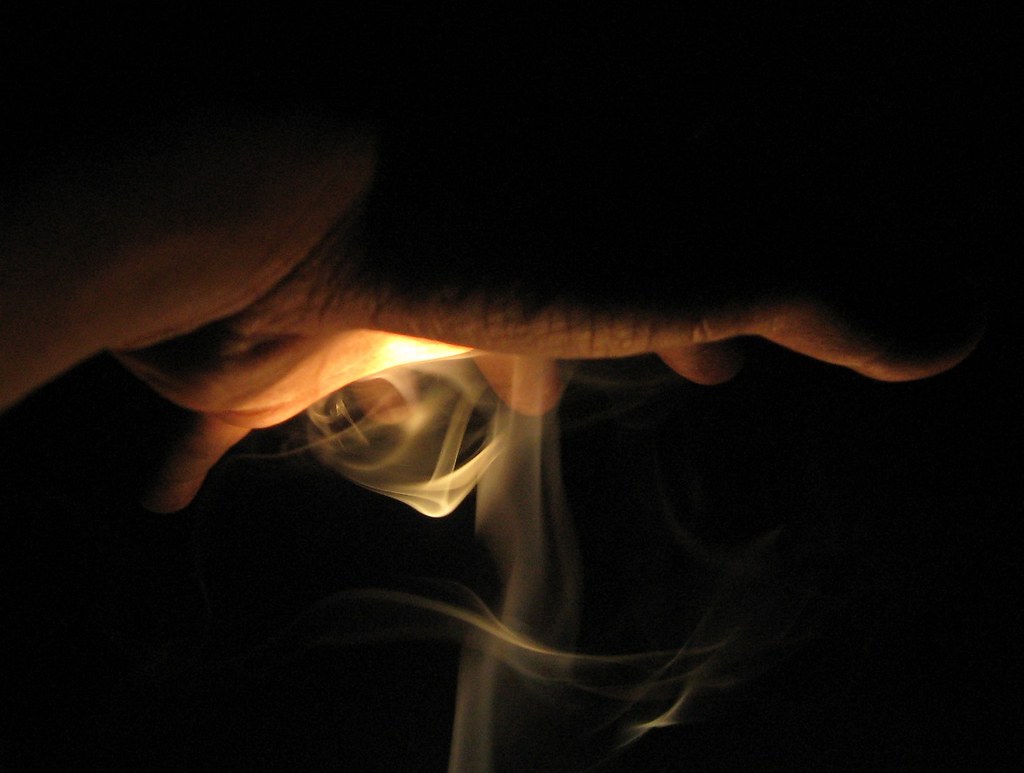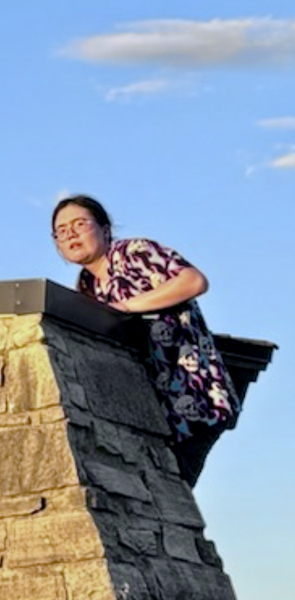This past month, I was fortunate enough to see The Trials performed by Children’s Theater of Madison. Every one of the cast members did a terrific job on this fantastic play. If you didn’t see it, here’s what you need to know for the purposes of this article:
In a future decimated by the climate crisis, humanity finds itself in a world vastly different from what we know today. Snow is a distant memory, millions have been displaced or killed by massive floods or heat waves, and the lifestyles of the past appear a hedonistic dream. So hedonistic, in fact, that it has been decreed that adults—or those who were of age during the critical period, wherein action needed to be taken against climate change to prevent the world of the play—must be put to trial for their crimes against the planet. The Trials presents a world wherein juries of children weigh the actions of the previous generation to determine whether or not they are guilty of climate crimes—a sentence that is met with death.
Essentially, twelve children of varying levels of rage debate over whether or not three adults deserve to die for fumbling the bag on climate change so severely that most of the cast’s parents are dead. It’s very good! And made me cry! A lot!
While this set-up was made to provoke a number of questions, the one I find most intriguing is not the one at the heart of the theme, but the premise itself. And that question is: who do we blame?
Within The Trials, those held culpable are adults who went over a certain carbon limit and were over a certain economic threshold, although those in certain occupations—doctors, activists, etcetera—were exempt. The answer of the government in that case is that everyone who reasonably could have done something and didn’t is to blame. By this metric, every bystander and every silent participant in a system of violence—be it against the planet or other people—is culpable.
This means, naturally, that an enormous amount of people are being put to trial. It’s mentioned within the play that the courts are flooded with these cases, and the juries of children are given just fifteen minutes to deliberate in the name of efficiency. But are all those people really guilty? And, more importantly, what does branding them as such even accomplish?
In the play, the titular trials are instituted both as a form of vengeance for the younger generation and, peripherally, as a way of curbing the population and preserving dwindling resources. But what is the point of naming those silently culpable in systems of violence outside of this setup? What’s the worth of guilt in the now?
The answer to that question, and a key flaw of the trials mentioned within the play, is that holding people accountable can include holding them to action. In the play, an argument brought up in favor of voting the defendants innocent is that the knowledge and experience the adults have could prove useful in working to mitigate the climate crisis. And in life, the logical next step of proving someone culpable is to have them make amends. It’s important to remember that blame does not exist in a vacuum. It exists for the purpose of alerting others to an issue and motivating them to resolve it. Those who are most culpable are the ones who have an obligation to do the most—not necessarily in action, but at the very least monetarily.
In this way, we in the current day can use blame as a framework for action. If the trials were implemented today—incredibly unlikely, but I can dream—they would best serve as a way to redistribute resources from corporations towards combating climate change based on a scale of how culpable they are in the issue.


